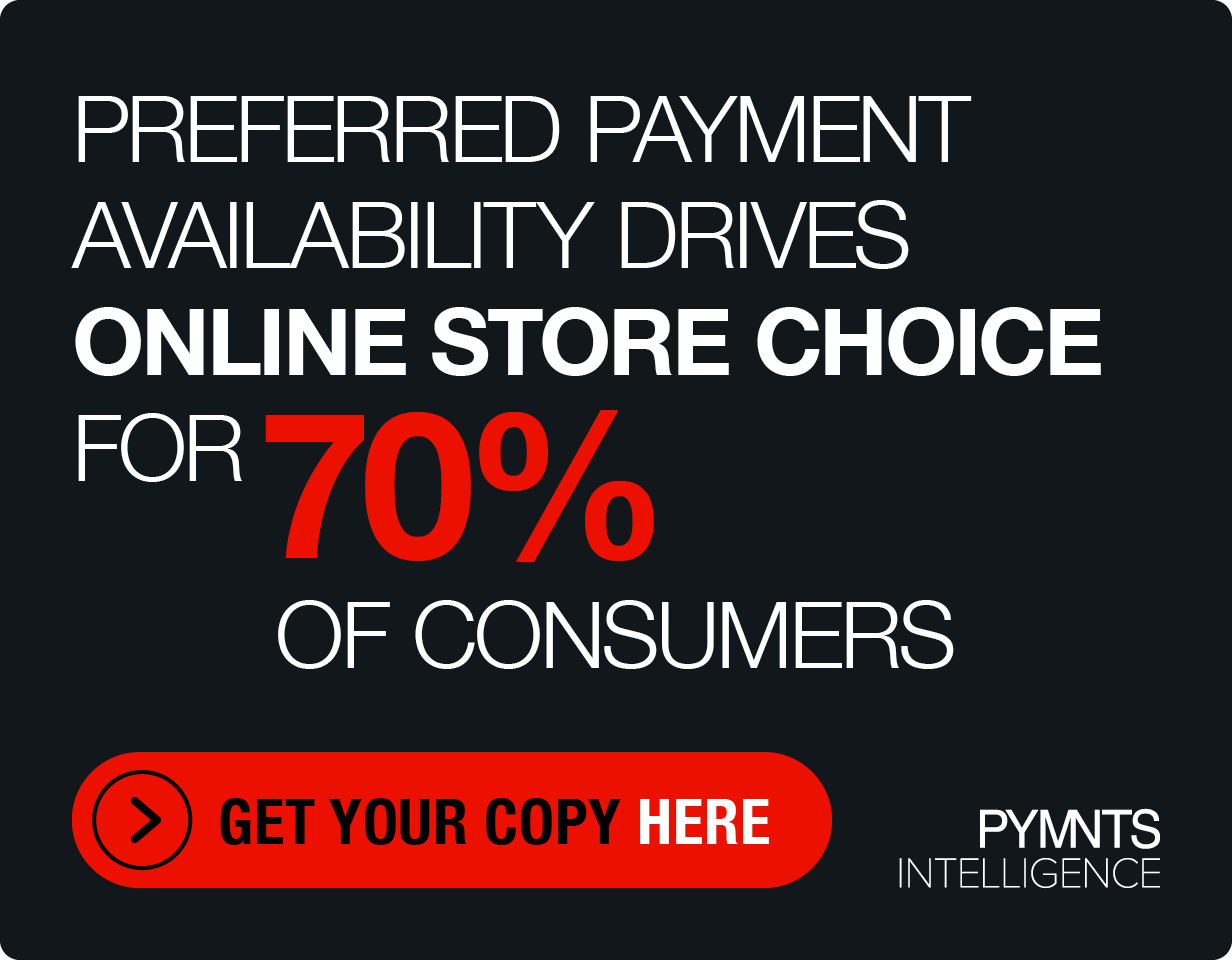Why ‘Always Be Onboarding’ Should Be The New Mantra For FIs

Just two generations ago, banks generally did business with people known by the financial institution’s employees and officers, lending to “people in good standing in the community,” said Stephen Maloney, EVP of business development and strategy at Acuant, during a recent PYMNTS interview.
These days, of course, digital technology and mobile devices have increased the reach of financial institutions — and pretty much all other businesses — but the goal remains the same: to gain new customers. In fact, according to the inaugural edition of the PYMNTS Digital Consumer Onboarding Tracker, in partnership with Acuant, 71 percent of surveyed U.S.-based financial institutions (FIs) said new customer acquisition was a top strategy in reaching their 2019 revenue goals.
And, as Maloney explained during an interview that dug deep into the findings of that new research, digital onboarding plays a “critical role in adding new, non-fraudulent, qualified customers” and otherwise helping to achieve those FI sales goals.
But don’t assume that just because the methods are digital means they are necessarily cold and impersonal. If done correctly, digital onboarding “can actually be more personal” than the old ways of a few generations past, he said. Not only does digital onboarding require less work on the part of customer and the institution, but the process can actually be even “more engaging,” expediting the input of available personal identifiable information (PII).
Digital Onboarding Roles
The new report from PYMNTS and Acuant examines the latest know your customer (KYC), digital onboarding and online verification news and trends. The Tracker also gauges the roles technologies such as biometrics and blockchain play, as identity verification procedures continue to change and expand around the world. In the interview, Maloney ran through some of the data-based findings of the new research, and discussed how they reflect larger trends in digital payments and commerce.
Interestingly, though FIs named customer acquisition and onboarding as crucial to meeting revenue goals, nearly all — 96 percent — of FIs rely on legacy authentication processes to power customer ID verification. That holds true even as, according to Maloney, a quarter of the U.S. population in 2018 were victims of cybercrimes, and many of those consumers’ username and password combinations are already in the global, digital black market, given all the data breaches that have already happened.
As Maloney noted, “the transition from legacy authentication processes” like using usernames and passwords for account access can be cumbersome. We don’t live in a simple world where each consumer has just a single bank account — today’s consumers not only often have multiple accounts with various FIs, but also access those accounts from multiple devices.
Consumer Impatience
Security is not the only challenge when it comes to providing an effective, consumer-friendly digital onboarding experience. A clunky onboarding experience leads consumers to abandon the process and switch to a competitor. Amazon can be credited (or blamed) for that. The eCommerce operator and its ideal of one-click ordering has encouraged customer impatience when it comes to digital payments and commerce.
One might assume, then, that the best way to a consumer’s heart is via seamless, frictionless onboarding and transactional experiences. And working toward that goal is consuming countless time and a significant amount of money for not only FIs, but also for payment services providers and retailers, along with other organizations like government agencies.
But, as Maloney pointed out, not all transactions and experiences are meant to be entirely frictionless. “Friction is dependent on the use case,” he said. Sure, buying that large latte from a coffee seller should take as little time and hassle as possible — perhaps just the tapping of a contactless card against a reader – but “transferring $5,000 from a bank account shouldn’t be entirely frictionless.”
It can be a daunting undertaking for FIs to modernize their authentication processes, especially given the important role that customer experience and ease of use play in the onboarding process and customer lifecycle. Among the greatest ongoing challenges in the digital world, including for onboarding and other tasks, is striking a balance between convenience and security — making the process user-friendly must remain top of mind, Maloney noted.
However, he offered an optimistic note about technology modernization and the protection of customer data: “The use of passwords is going to wane,” he said, as artificial intelligence and biometrics “will deliver easier, more effective experiences for the customers.”
Expanding the Vision of “Trusted Community”
Just as the neighborhood bank of yesteryear relies on digital identity to expand its community and foster trust, the gig economy is leveraging digital payments and eCommerce to create trust throughout the onboarding process.
By 2030, some 10 percent of informal workers located in Africa will use gig economy platforms to find work and probably to complete other tasks, such as receiving payment via their method of choice. As gig workers’ contribution to the economy becomes more significant, technological innovations that assist with their ID verification and onboarding will play an important role in building a trusted (global) community.
“From our perspective, it comes down to trust,” Maloney said. Think again of the situation just a few short generations ago: Employers tended to know who they were hiring more often than is the case now. Oftentimes, those bosses even knew the families of their workers. That still happens, but not usually with gig work — especially when the people in need of the work seek out a labor supply via digital marketplaces. “Trust has to come in a different form,” Maloney told PYMNTS. “That’s going to be one of the key elements that enables or inhibits the growth of the gig economy.”
To be fair, as different as things seem now compared to a half century ago, they are also very similar. Trust, security and efficiency — and an overall experience that is friendly and as easy as possible for the consumer — remain enduring values. It’s just that when it comes to the digital economy and digital onboarding, different tactics and strategies are often required to achieve those ideals and goals.
